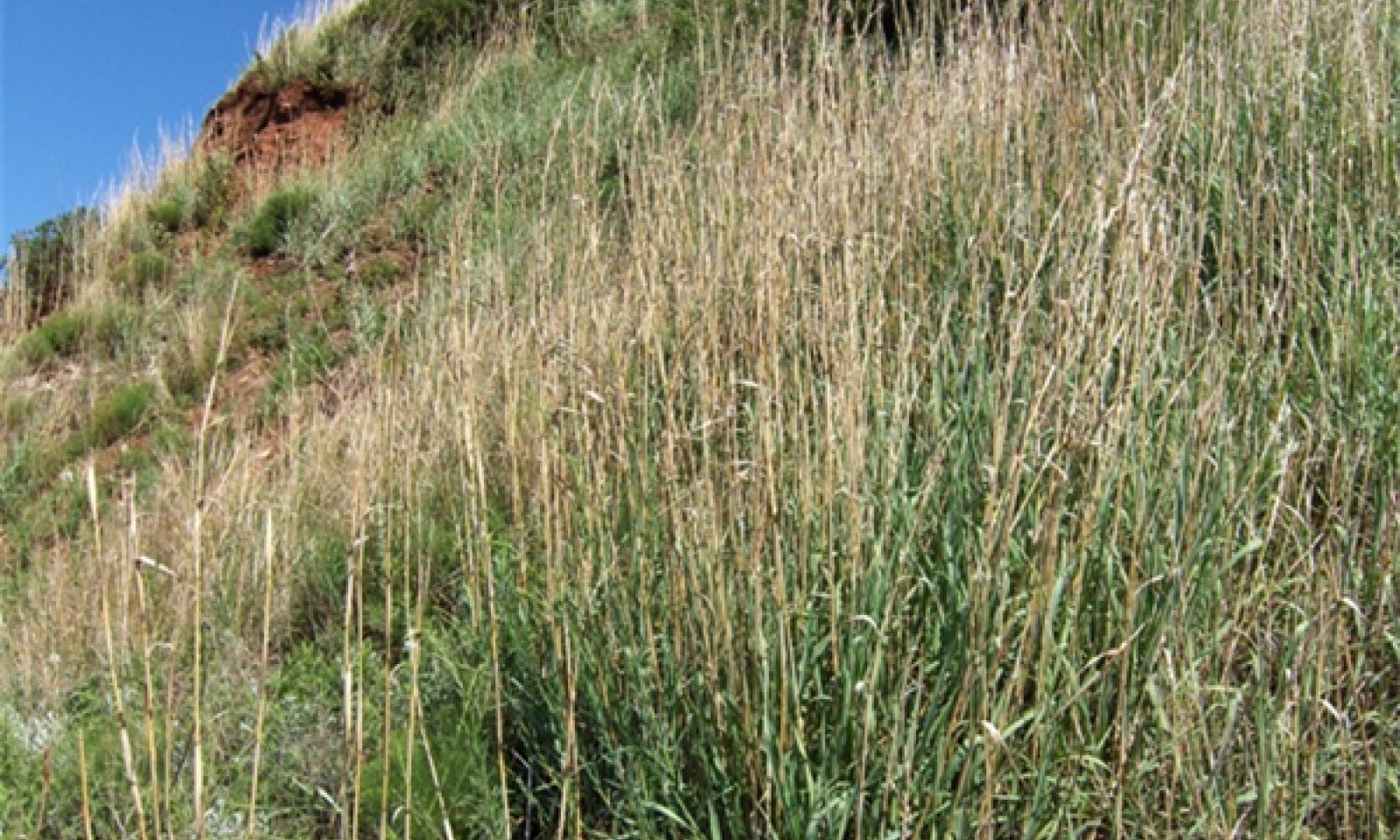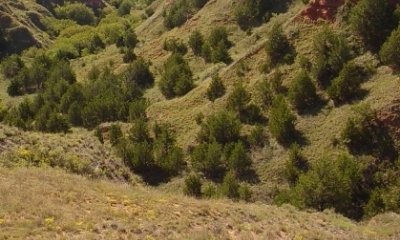
Clayey Breaks
Scenario model
Current ecosystem state
Select a state
Management practices/drivers
Select a transition or restoration pathway
-
Transition T1A
Absence of disturbance and natural regeneration over time, may be coupled with excessive grazing pressure
More details -
Restoration pathway R2A
Adequate rest from defoliation, followed by reintroduction of historic disturbance regimes
More details -
No transition or restoration pathway between the selected states has been described
Target ecosystem state
Select a state
State 1
Grassland State



Submodel
Description
The following narrative describes the plant community within the Shrubland/Woody State. This state has 25% or greater canopy cover by invasive woody species with a decreasing herbaceous component.
Submodel
Mechanism
With continous disturbances through heavy grazing (if applicable), erosion, fire suppression, long term drought, and/or encroachment by Juniper and/or Mesquite; the Grassland state will transition to a Shrubland/Woody Invasion state.
Mechanism
Through development and initiation of a prescribed fire and brush management program, the Shrubland/Invasion state may be restored to a Grassland state. It is important to remember that fine fuel management is an very important when planning a prescribed burn on these sites due to the sparse grasses that occur in the Shrubland/Invasion state. Depending on precipitation patterns, this restoration can can take many years.
Relevant conservation practices
| Practice | External resources |
|---|---|
|
Brush Management |
|
|
Prescribed Burning |
Model keys
Briefcase
Add ecological sites and Major Land Resource Areas to your briefcase by clicking on the briefcase (![]() ) icon wherever it occurs. Drag and drop items to reorder. Cookies are used to store briefcase items between browsing sessions. Because of this, the number of items that can be added to your briefcase is limited, and briefcase items added on one device and browser cannot be accessed from another device or browser. Users who do not wish to place cookies on their devices should not use the briefcase tool. Briefcase cookies serve no other purpose than described here and are deleted whenever browsing history is cleared.
) icon wherever it occurs. Drag and drop items to reorder. Cookies are used to store briefcase items between browsing sessions. Because of this, the number of items that can be added to your briefcase is limited, and briefcase items added on one device and browser cannot be accessed from another device or browser. Users who do not wish to place cookies on their devices should not use the briefcase tool. Briefcase cookies serve no other purpose than described here and are deleted whenever browsing history is cleared.
Ecological sites
Major Land Resource Areas
The Ecosystem Dynamics Interpretive Tool is an information system framework developed by the USDA-ARS Jornada Experimental Range, USDA Natural Resources Conservation Service, and New Mexico State University.


